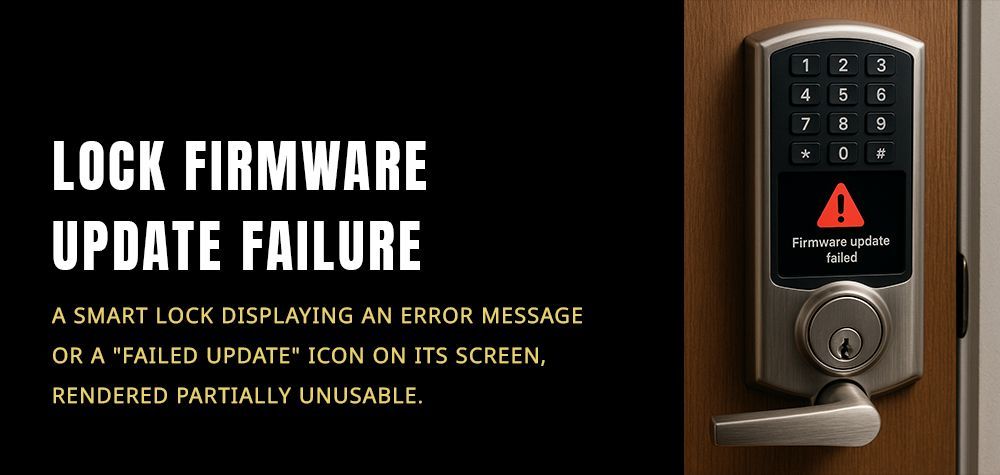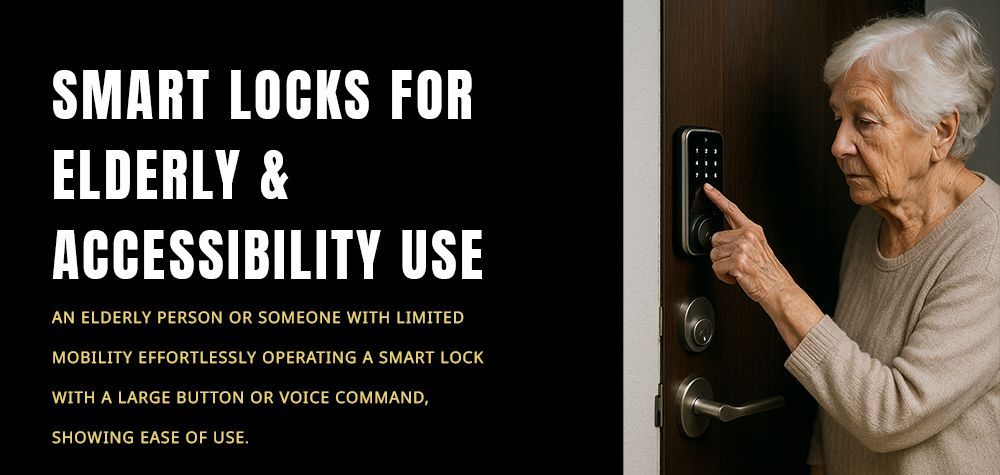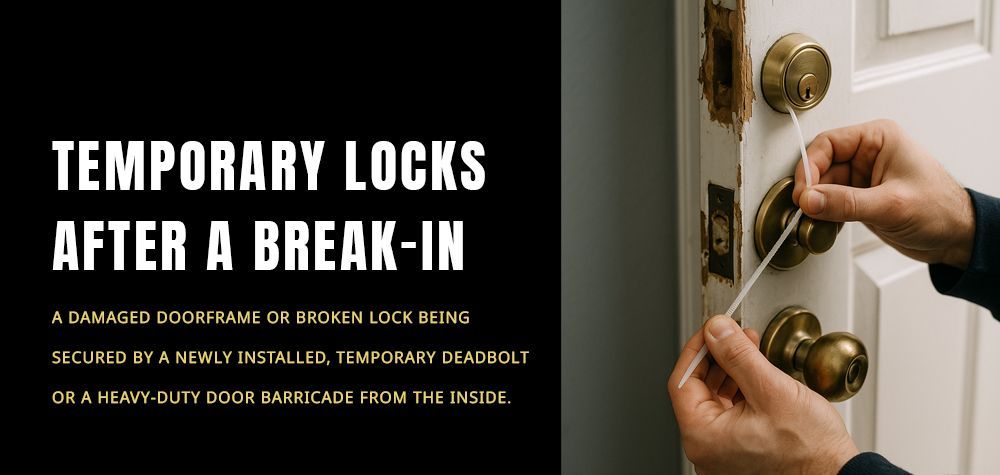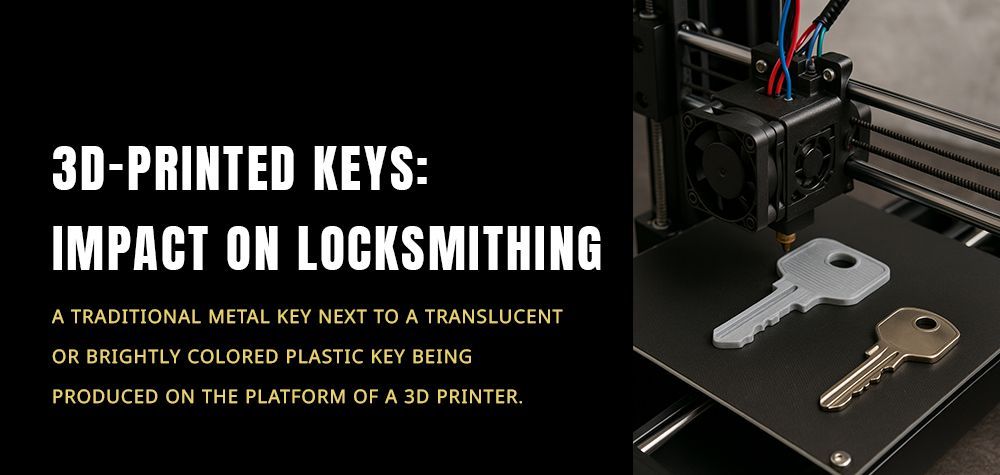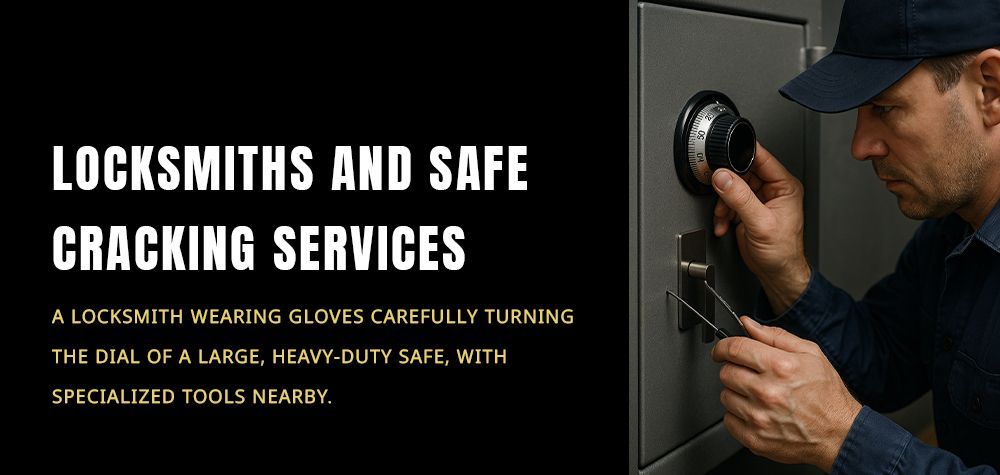How to Recover a Lost Digital Key Stored in Your Phone
Losing a digital key stored on your phone can feel like losing access to your world — whether it’s your home, car, or office. As technology advances, many people are turning to digital keys for convenience, ditching traditional metal keys for smartphone-based access systems. But what happens when that phone is lost, stolen, or damaged? Can you recover your digital key, or is your access gone for good?
Let’s break it down step by step — from how digital keys work to what you can do to recover them safely and efficiently, along with expert help from Brothers Locksmith when needed.
Understanding What a Digital Key Really Is
A digital key is an encrypted credential stored in your smartphone, smartwatch, or app that allows you to unlock doors using Bluetooth, NFC, or Wi-Fi technology. It acts just like a traditional key but is powered by digital authentication.
Digital keys are commonly used for:
- Smart locks in homes and offices.
- Car access systems that use smartphone pairing.
- Hotel or AirBnB check-ins via mobile apps.
They’re secure, convenient, and often customizable — but they also rely heavily on your phone’s functionality, network connection, and linked accounts.
Can a locksmith help if your car key fob is water-damaged?
Why Digital Keys Get Lost
Losing access to a digital key doesn’t always mean it was deleted. Most often, the key is just temporarily inaccessible due to one of the following reasons:
- You’ve lost or replaced your smartphone.
- The phone’s storage or app data got wiped.
- You’ve reset or changed your account credentials.
- The digital key expired or desynced due to software updates.
- The associated app or system crashed or was uninstalled.
In some cases, unauthorized access or hacking attempts can also revoke your digital key credentials for safety reasons.
Step-by-Step Guide to Recover a Lost Digital Key
If you’ve lost access to your digital key, here’s how to recover it — depending on the system or device you’re using.
1. Check Cloud Backups or Linked Accounts
Most smart lock or car systems automatically store digital keys in a cloud account (like Apple ID, Google Account, or manufacturer app).
For example:
- Apple Wallet Keys: Reinstall your digital key from iCloud by signing into the same Apple ID on a new device.
- Android Smart Lock Keys: Log back into your Google Account and restore the data.
- Tesla, BMW, or Hyundai Digital Keys: Use the brand’s companion app to re-download your key once you verify your identity.
Tip: Always ensure your digital key is linked to a registered account or cloud service for easy recovery.
2. Contact the Manufacturer or Service Provider
If the key isn’t syncing automatically, contact the smart lock manufacturer or car app provider. They can verify your ownership and reissue or reactivate the digital key.
Common examples include:
- August, Yale, or Schlage smart locks: Customer support can reset and send a new key link via email.
- Automotive systems: Vehicle support can revoke the old digital key and authorize a new one.
This step ensures that your lost digital key can’t be misused by anyone who finds or hacks into your old phone.
3. Use Backup Access Options
Many smart lock systems still support PIN codes, physical keys, or backup fobs as secondary access methods.
If you’re locked out, a professional locksmith can help regain entry without damaging the lock. For example, Brothers Locksmith offers 24/7 emergency lockout services for homes, offices, and cars using smart or digital locks.
They can also help you reprogram or reset your lock once you’ve recovered your digital key.
Are Passwordless Locks the Next Big Thing in Home Security?
4. Revoke the Lost Key for Security
It’s crucial to deactivate the old digital key stored on your lost phone to prevent unauthorized access.
You can usually do this through your lock’s mobile app or web portal:
- Log into your account.
- Locate the lost device or key credential.
- Select Revoke Access or Delete Key.
This ensures that no one can use your lost phone to unlock your property.
5. Reinstall the App and Reauthorize the Key
Once your phone or replacement device is ready, reinstall your lock or car access app and sign in. You’ll usually find an option to restore or re-pair your key automatically.
If the process fails, a locksmith or manufacturer support representative can manually reprogram your lock to sync with the new device.
When to Call a Locksmith
If you’ve tried everything and still can’t access your digital key, it’s time to bring in the professionals. Locksmiths are trained not just for traditional locks but for modern smart lock systems as well.
At Brothers Locksmith, we offer:
- Smart lock reset and reprogramming
- Digital access recovery assistance
- Residential, automotive, and commercial locksmith services
- Emergency lockout help available 24/7
Our technicians can safely regain access, reset your system, and ensure your property remains secure.
Best Practices to Avoid Losing Digital Keys in the Future
Once you’ve recovered your digital key, take these steps to prevent future loss:
- Enable cloud syncing for all digital keys.
- Use two-factor authentication (2FA) on lock apps.
- Create multiple admin users on shared locks.
- Keep a backup physical key for emergencies.
- Label digital credentials clearly across devices.
These small precautions can save you from big headaches later.
Final Thoughts
Digital keys offer unmatched convenience, but they also require careful management. Losing one doesn’t have to spell disaster — especially with cloud storage, app recovery tools, and expert help from professionals like Brothers Locksmith.
Whether it’s your car, home, or office, our locksmiths can help you restore access, reset your smart system, and secure your property once again — quickly, safely, and affordably.
Call Brothers Locksmith today at (888) 947-5585 for expert help with lost digital keys, smart lock reprogramming, or emergency lockout services in your area.
Call Us Any Time!



